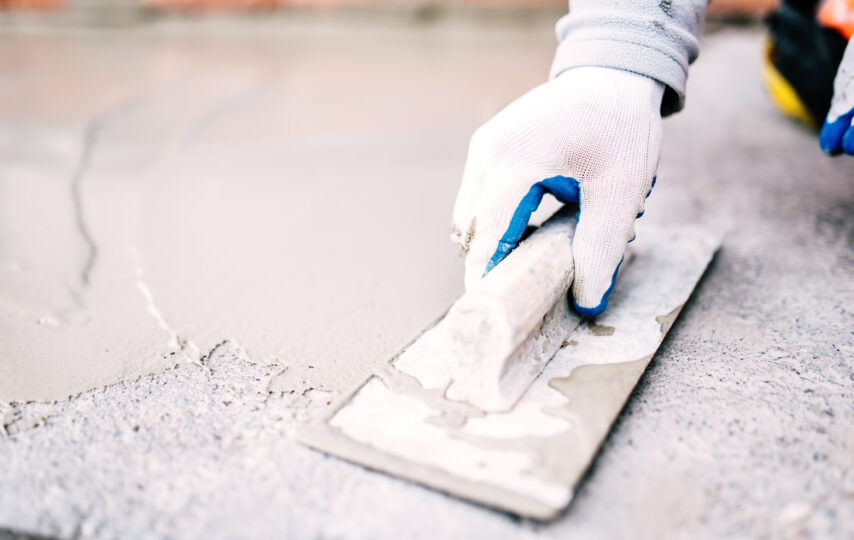Winter is well underway, and that means more and more homes are going to find themselves with damp issues. Thankfully, though, there’s a multitude of damp-proofing technologies available to prevent and amend these problems. These are necessary, as the presence of damp and mold is equally unattractive and unhealthy. Not only is damp unhealthy for your property, but it’s also unhealthy for yourself. This is because mold spores can release toxins that result in respiratory complications. In order to avoid these problems, the right technologies are required, and they need to be professionally installed.
Discover some of the top damp-proofing technology below.
Basement Tanking
First up is basement tanking, which refers to a waterproof membrane being applied over an external wall during the construction process. This is done because it inhibits damp from entering a property from the outset, minimizing the likelihood of damage. Generally speaking, the waterproofing material is crafted from cement slurry; however, its makeup can vary from project to project.
Since basements sit below ground level, it’s these structures that are generally tanked. This is because their underground positioning leaves them susceptible to the elements. That said, tanking alone isn’t an effective method of preventing and eliminating damp issues for good. Instead, basement tanking should be used to complement a comprehensive damp-proof course.
Damp Proof Rods
When it comes to the treatment of rising damp, damp-proof rods sit among some of the latest solutions. Like damp-proof injections, these rods get inserted into holes that have been drilled in your wall’s motor joint. Upon being placed, silicon-based active ingredients are then released, which results in the forming of a damp-proof course throughout the motor. From this, a barrier is created, which inhibits damp from presenting itself as a problem in the future.
Moreover, damp-proof rods can be employed in the treatment of saturated walls. This is because they’re able to limit the mobility of ground salts, which inhibits them from soaking into walls. Not only are damp-proof roods simple to use, but they’re also extremely affordable.
Damp Proofing Injections
For a quick solution, homeowners often search for the latest damp-proofing seals and creams. These can be applied in the treatment of rising damp by injecting formula into a drilled hole in the motor joint. Allowing these chemicals to make their way through the masonry is intended to reduce the amount of damp in the wall and prevent the build-up of ground salts. This is one of the most popular solutions, as people are able to complete this task themselves. Despite this, injections are often regarded as only the first step in damp treatment, and the replastering of walls may be required after the treatment.
Waterproof Plastering
Last but not least is waterproof plastering, which is designed to tackle the worst type of damp, rising damp. As the name suggests, rising damp starts from the ground and works its way up the wall. Not only can this result in the complete destruction of your wall decoration, but it can result in severe structural damage. In recent years, damp-proofing solutions have become more advanced than ever before. As a result, it’s now possible to inhibit damp from returning via the use of waterproof plastering. This is a particularly effective method in rooms such as bathrooms, as they obtain a lot of moisture.
Conclusion
Ultimately, damp and mold are severe problems that need to be prevented and amended as a matter of urgency. Fortunately, the latest solutions mean that you’re able to find the root of the damp and quash the matter almost instantly. So, don’t hesitate. Fix your damp issue.







